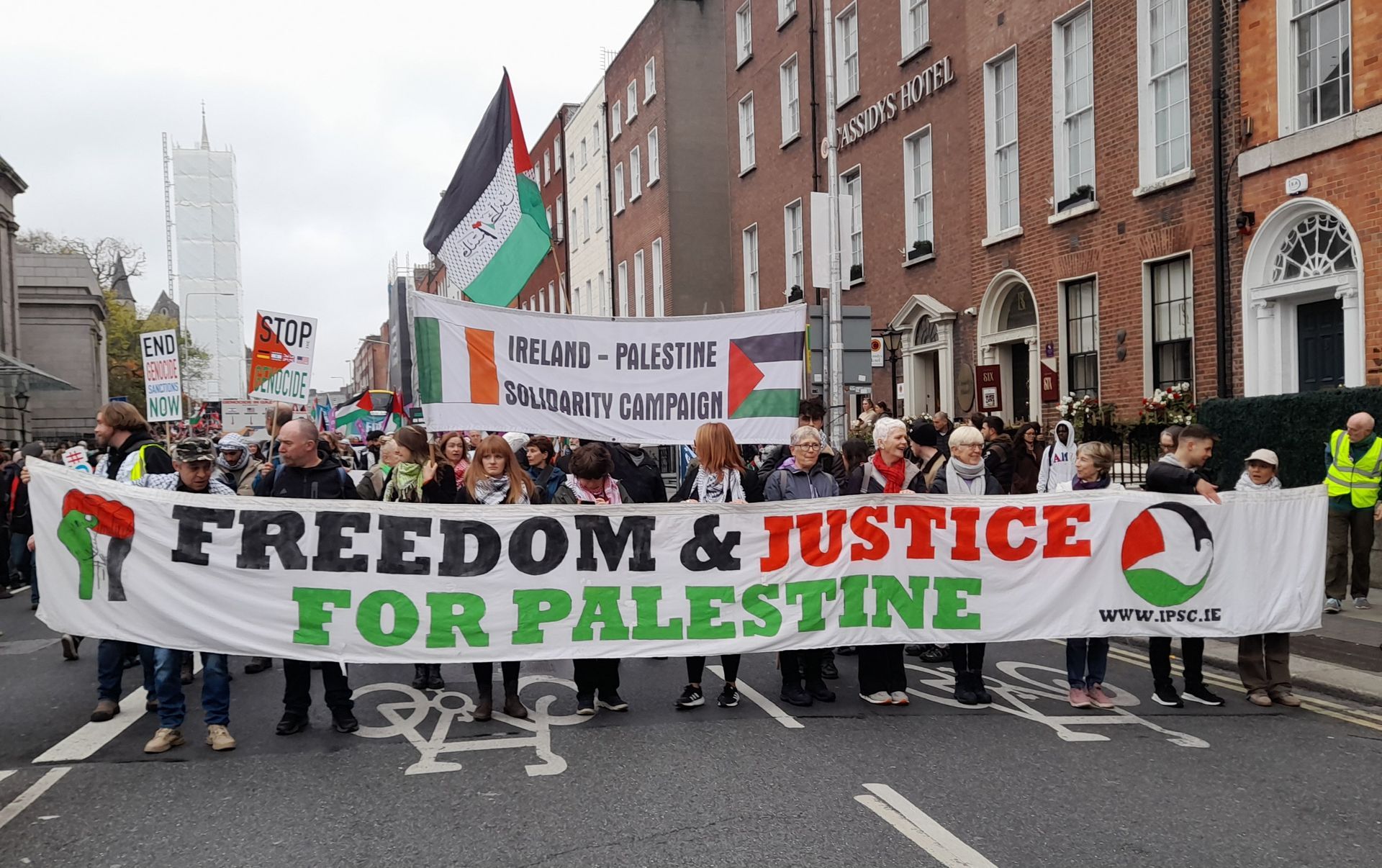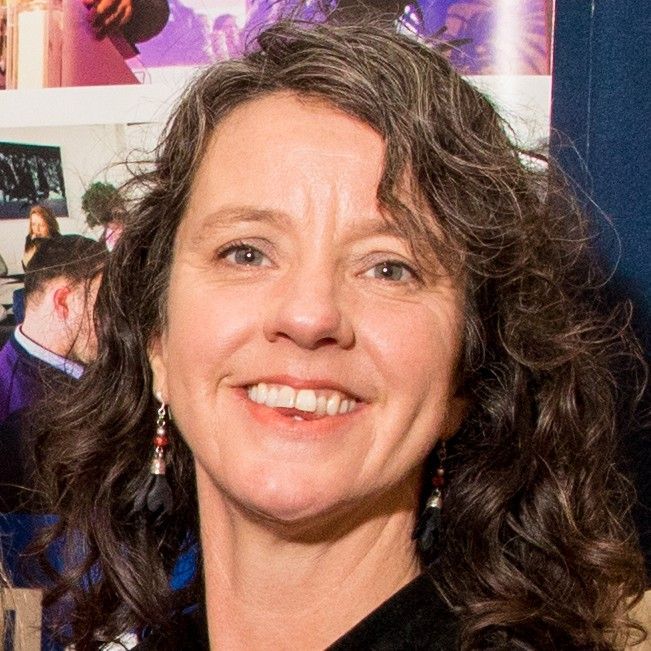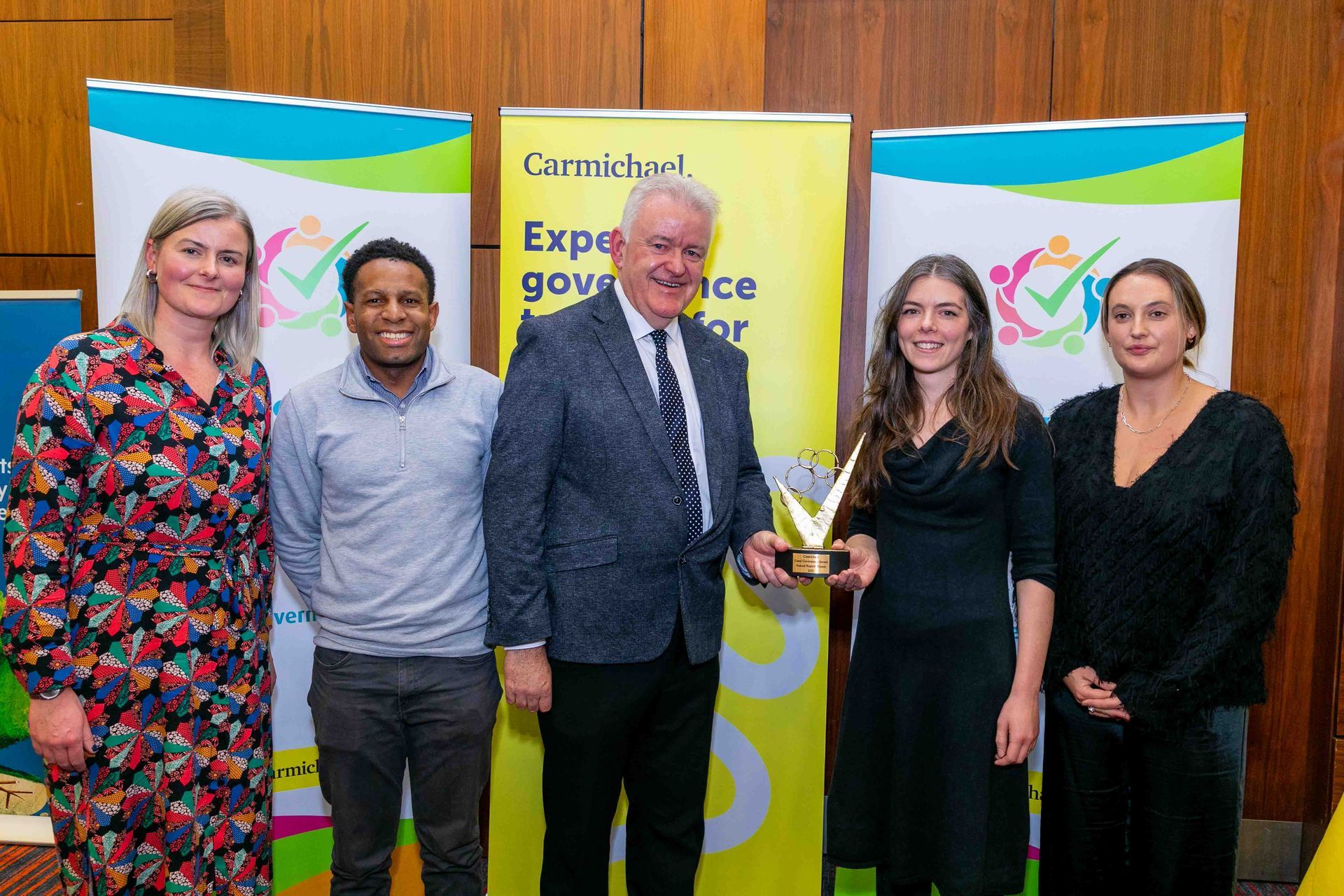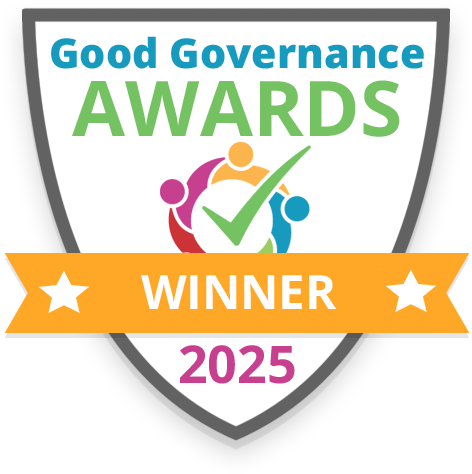5 key points to think about when preparing to apply for the DEAR call.
The European Commission Development Education and Awareness Raising (DEAR) call for proposals was recently launched, with a deadline for Concept Notes of September 25th. IDEA has been involved in three previous DEAR calls, as a lead partner for Challenging the Crisis, as project partner in DEEEP and Bridge 47. On the basis of this we have outlined 5 key points to think of when putting together a proposal.
Partners
The DEAR Call requires working in partnership to deliver a pan-European project. The 2018 Call requires a minimum of 3 partners and activity in at least 8 EU Member States. Unless you are part of a NGO network or group, delivering a project of this scope requires external partners. For example, in Challenging the Crisis we had 6 partner organisations in 6 different European countries, in Bridge 47, IDEA is one of 16 partners including organisations in 13 different European countries and 3 international networks. Therefore, it is necessary to choose partners that you can work well with.
Most organisations are in some way networked or connected both nationally and internationally. To identify potential partners, think about organisations you currently know or have connections with. Do any of them fit with the DEAR call? Are any of them well networked across Europe? Start with organisations you know, and that you work well with – that might be based on an organisational partnership or a personal connection that has worked well in working contexts.
Think about other organisations you can ask about possible partners. Cast your net wide and you may find a good fit with either your existing partners or with their partners. Spread the word that you are interested in the call and keep an eye out for possibilities. Based on the call for proposals and your areas of interest, research possible partners and contact them. Organisations in other countries will also be looking for partners and many would be very pleased to have an Irish partner.
Look at the call for proposals and make sure you include the specific expertise required for the project when identifying partners. For example, the 2018 DEAR call specifies: “Applicants are therefore encouraged to involve also communication experts. They could be involved as a co-applicant, an associate or as a contractor.” Lot 1 can include a private sector partner with communications expertise.
Remember, you will need to work with these partners for three years, so think about how you work and how you can support good working relationships.
Planning
The DEAR call is designed to fund large projects. Under Lot 1, the minimum budget is €7,000,000. These large projects can involve multiple elements. Make sure you have strong connections between the different aspects of your project and a clear, strong rationale shared by all aspects of your project.
A strong narrative and rationale will help you to communicate your project in the application, and will help you and your partners to deliver the project. Keeping focus on the rationale, narrative and end goals of a DEAR funded project is a challenge in delivering a large project like this, so agreeing a clear, strong narrative and rationale from the beginning will make a positive difference at all stages of your project from concept note to delivery to reporting.
As an organisation working in Development Education you can make a strong connection to the objectives of the DEAR call. Use the call for proposals and your expertise on Development Education to build a strong case for your application. Note the emphasis in the 2018 call: “proposals will prioritize working directly with citizens.”(p7) “The objectives will be reached through a combination of campaigns, awareness raising, communication and outreach activities and global learning. Global learning activities either within or outside the formal education system cannot be the main part of the actions proposed. In case formal education actions are proposed, they should be developed in complementarity with Member States’ efforts in development education.”(p6)
Be clear on how you are structuring the project. For example, a DEAR projects could involve different partners taking the lead on different aspects of the projects, or it could involve a shared programme that is delivered by local partners in each country. Together with your partners, think about the most effective structure to deliver the aims of your project. Make sure that all partners have the capacity to deliver within the agree project structure.
Build on previous projects
Look into previous DEAR projects. If you have been part of a previous DEAR project, consider how you can build on it. This may involve learning from mistakes or building on successful activities. Include references to this in your concept note.
If you haven’t been involved in a previous DEAR project, research some previous projects. Try to identify possible partners who have been part of previous projects and approach them. Try to build on themes and ideas which have been part of previous DEAR call projects. The DEAR support team on capacity4dev.eu is a good place to start, you can also look at the websites of previous projects, evaluations reports may contain some helpful ideas.
Consider how you can build on previous projects that you have done in your organisation or in partnership with others. If you are building on these include that in your applications to show that you can deliver, that you have delivered and that you have learned from your previous experiences.
Clarity and Systems
With a project this big, and potentially with multiple partners, it is essential to make sure all partners are clear about what they are doing.
Building on your rationale and narrative, as discussed above, create a clear logframe and budget. After the concept note stage these can change, but having a clear structure will help with the proposal writing and implementation. Be clear what you are trying to achieve overall, and be clear how each element of the project contributes to that.
Break down the EC requirements and make sure all partners agree to them. Start with the requirements for applications. Make sure that all partners comply with the requirements for the DEAR call. Make sure everyone has completed PADOR, that everyone complies with the EC requirements, and the specific proposal requirements. For example, the DEAR call guidelines say you can be lead partners on 1 project and co-applicant on 1 – make sure everyone complies with this. In previous years we have heard of examples where projects have been excluded because a partner applied more than once.
Following the concept note stage, be clear on the information each partner needs to provide in order to report to the EC, as well as to your external evaluator. EC DEAR funding requires a high level of detail and of evidence in financial and narrative reports. This can be complicated due to different accounting practices in different countries. Make sure you work on this closely with your lead partner, and all project partners, at the beginning of the project. A Memorandum of Understanding or other agreement between partners is essential.
Agree project co-financing in advance. If your application is successful, 90% of the project cost is covered by EC DEAR funding. Therefore, you need to be clear on where the additional 10% will come from. This will be at least €700,000 over 3 years so it requires planning and identification of sources of funding.
Flexibility
This may seem to contradict the previous points, but make sure that you are flexible in your approach. At this point you are setting out a plan (drawing a map) for the project, (and that plan map might resemble something you have drawn on the back of an envelope more than an Ordinance Survey map). When you come to the full proposal, you will need to put more detail into this plan. And then when you come to implementing the project you will need to match this plan with the reality of the terrain, terrain that may have shifted in the time it takes to move from concept note to delivery (in the case of Bridge 47 this was 18 months.). The first part of your implementation period will be focussed on translating your plan into reality, getting the systems and staffing needed in place, ironing out questions that arise in the process of translating concept into reality, and generally translating an idea into a structure that will last for three years and will deliver during that relatively short time. Do as much of this as possible in advance. Once the contract is signed the clock starts, so try to do as much of the planning and translating in advance of this so you can get the most of your three years delivery time. Being flexible will let you translate concept into reality without getting overly stuck on interpretation.
Conclusion
These are highly subjective key points based on IDEA’s experience of DEAR funded projects between 2013 and the present. We would love to hear your ideas of key points to think about. Please share them here in the comments.









